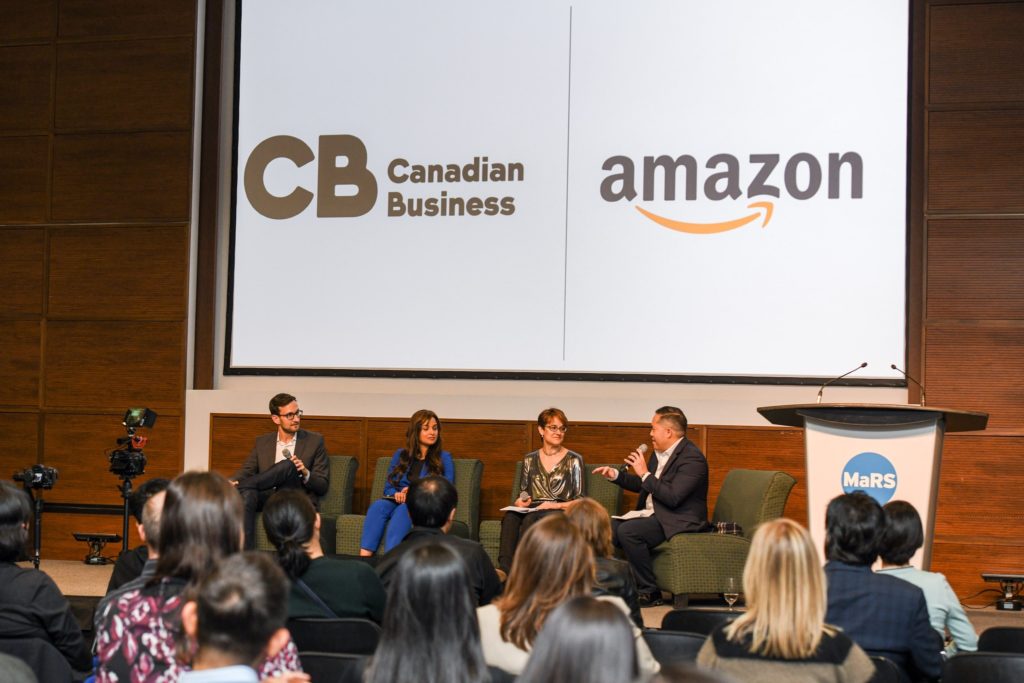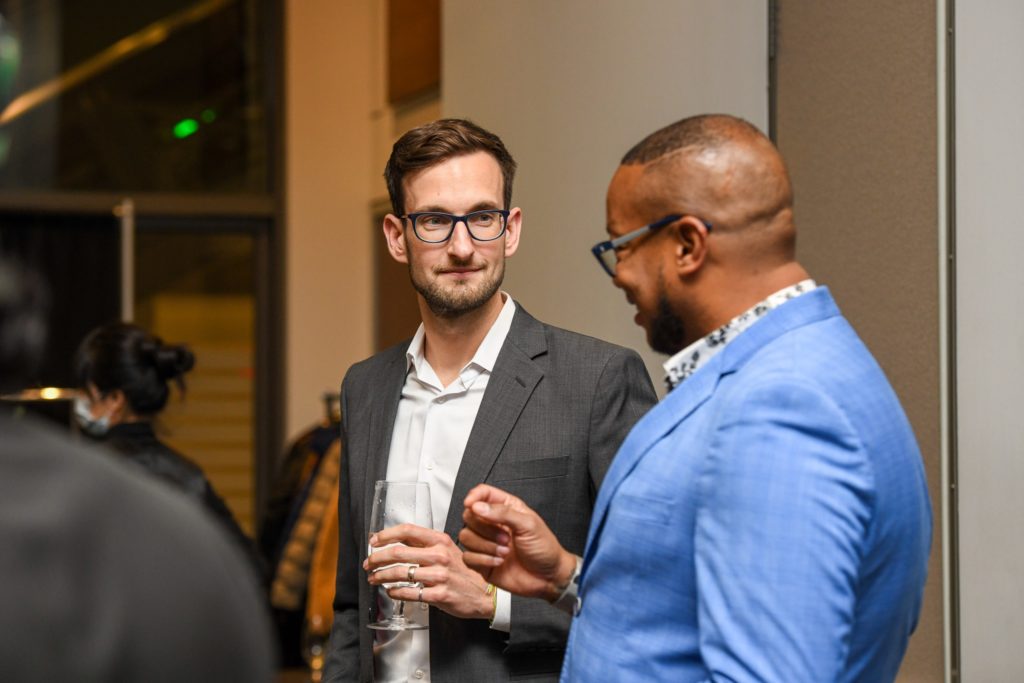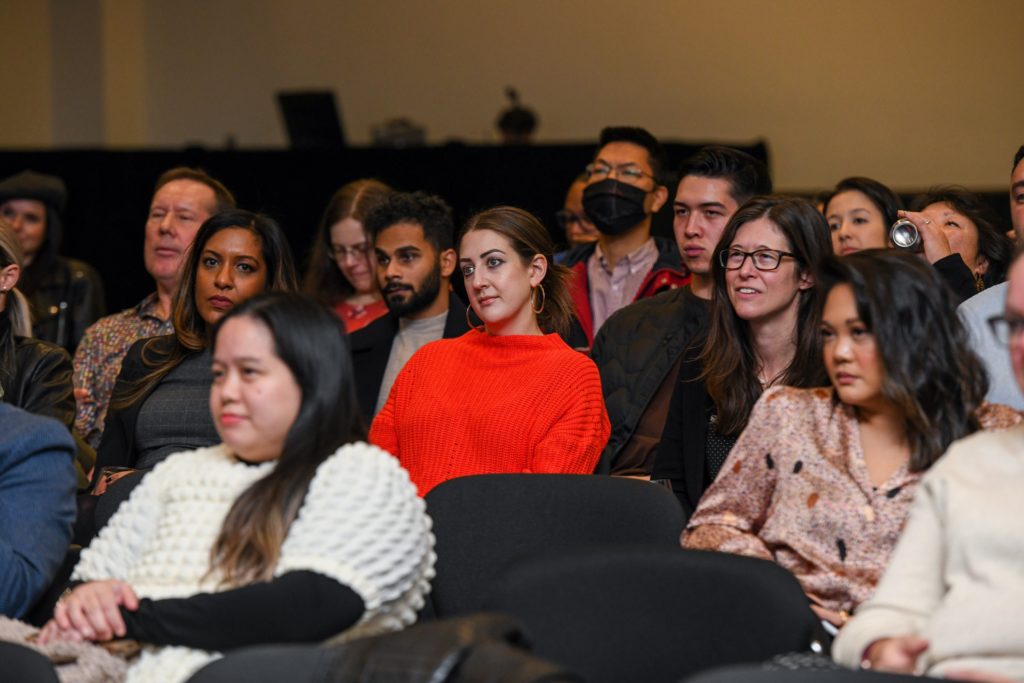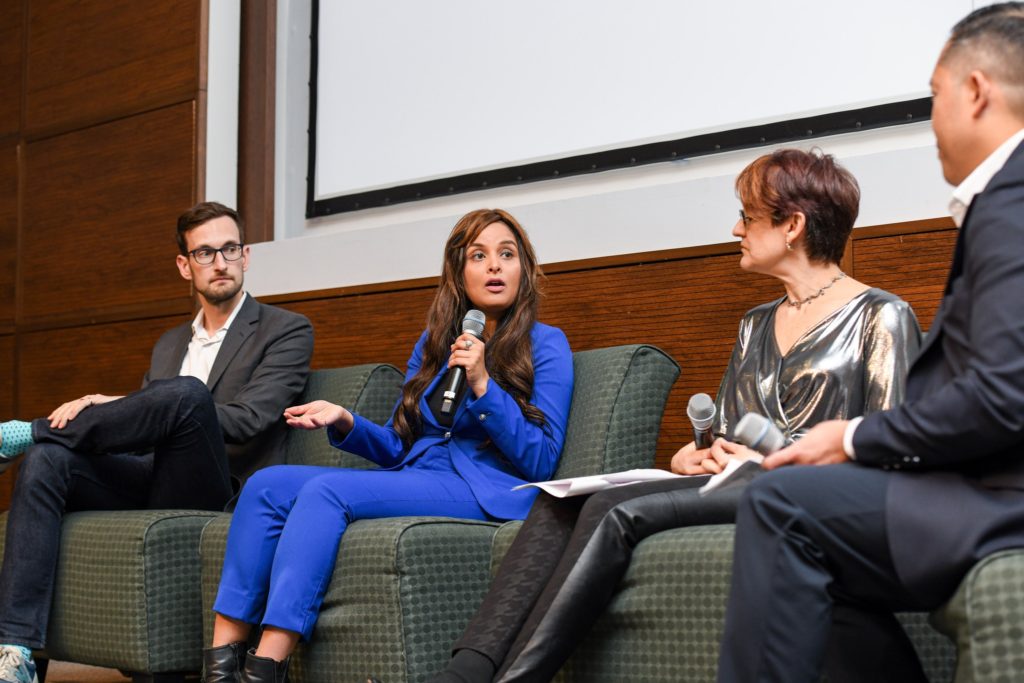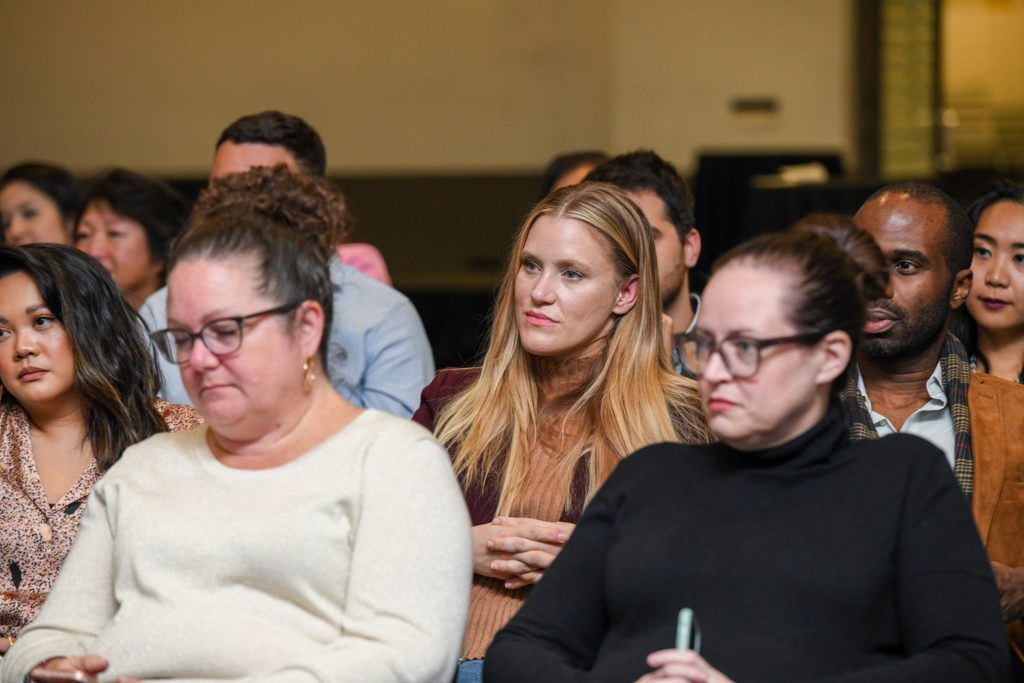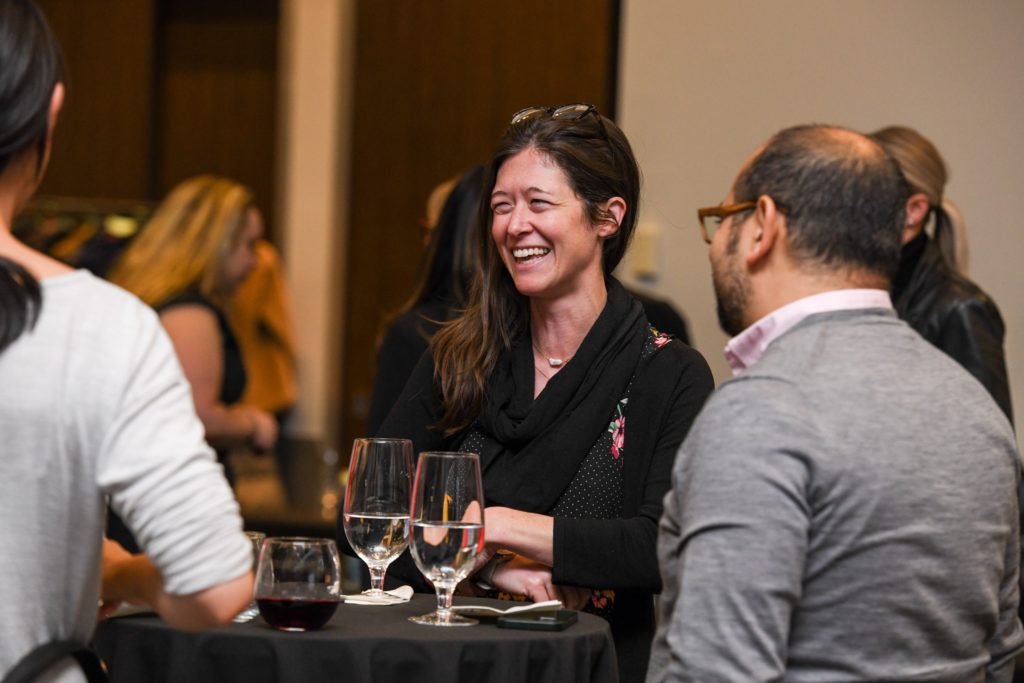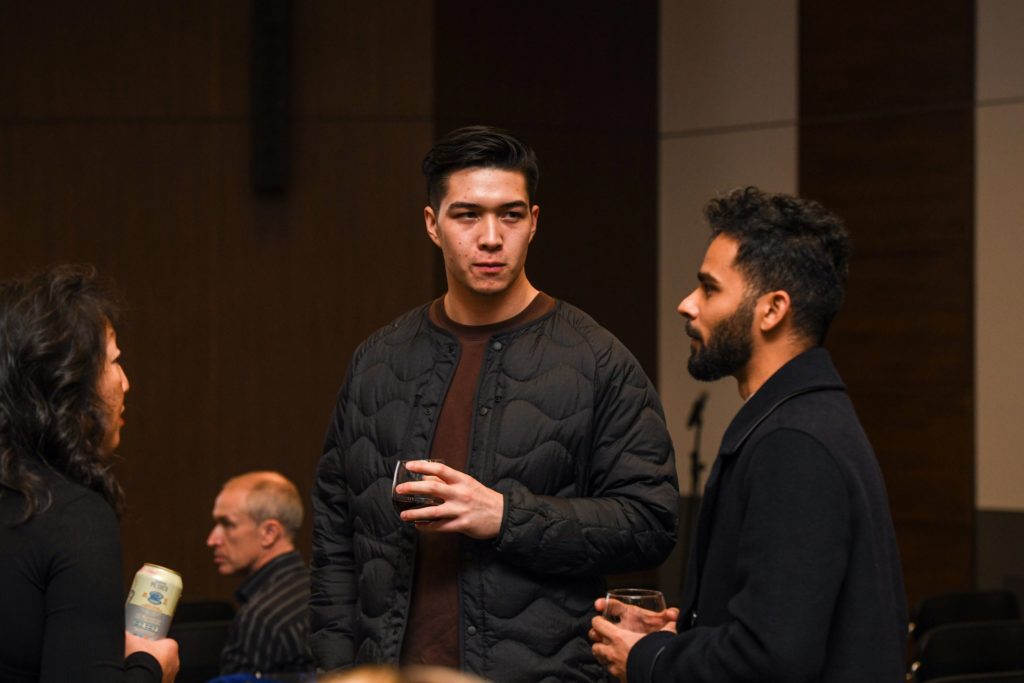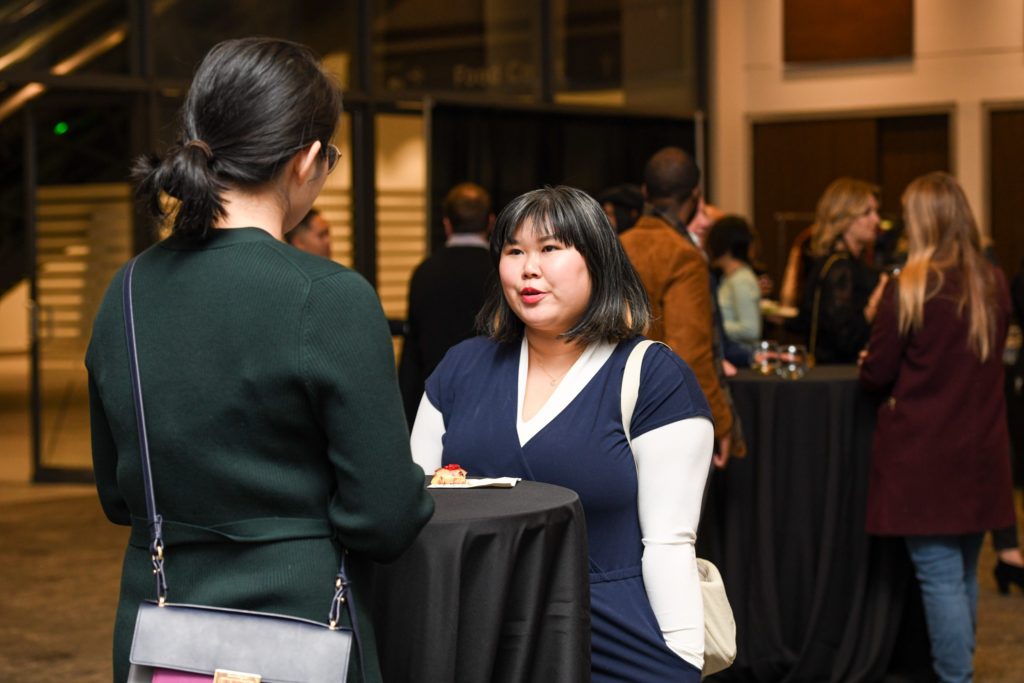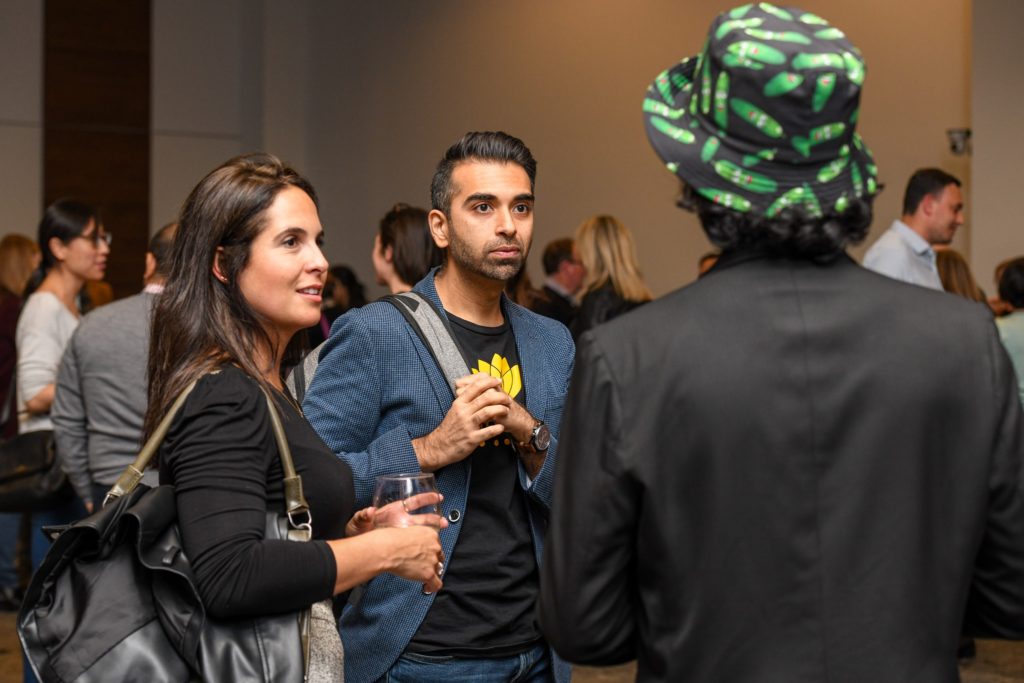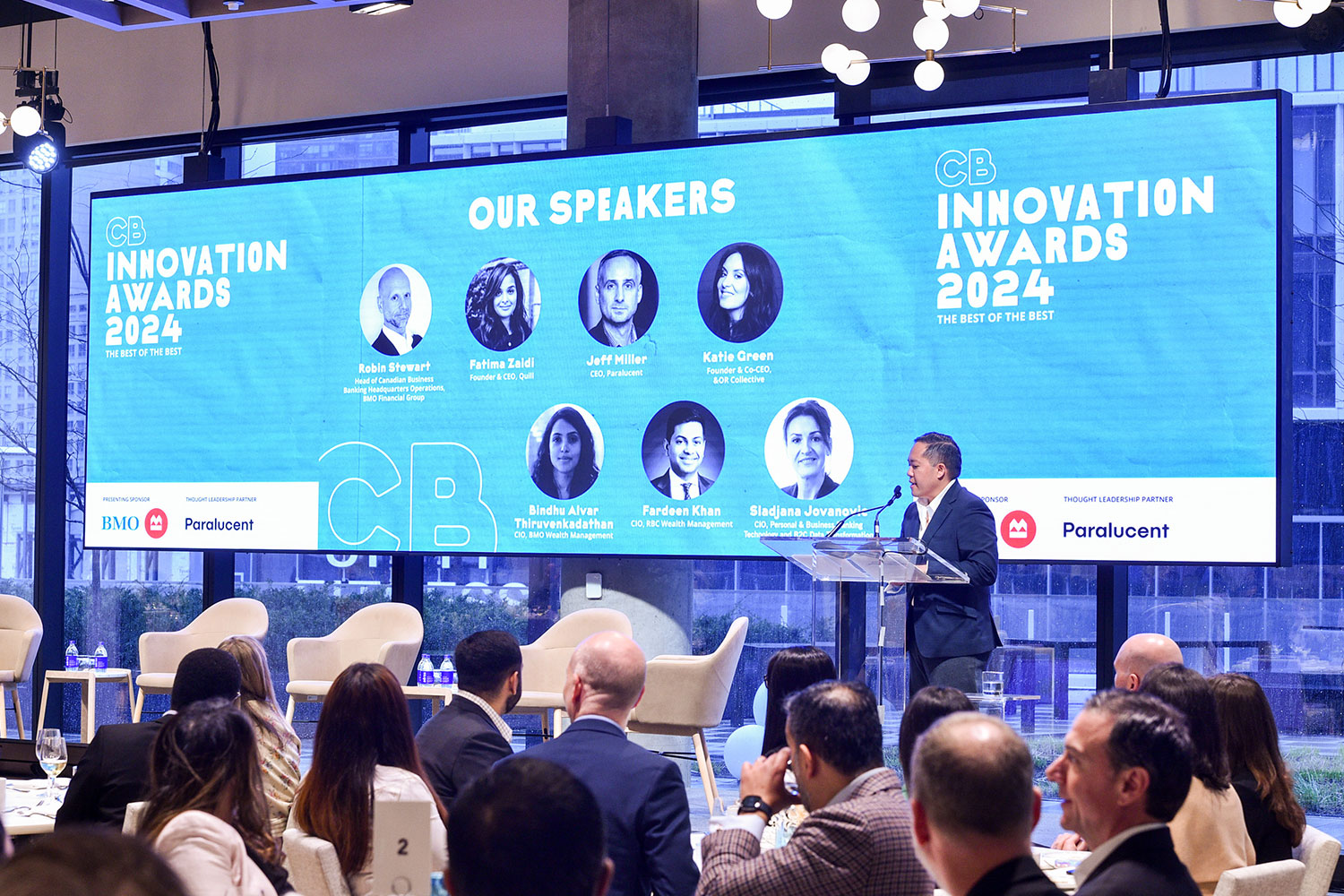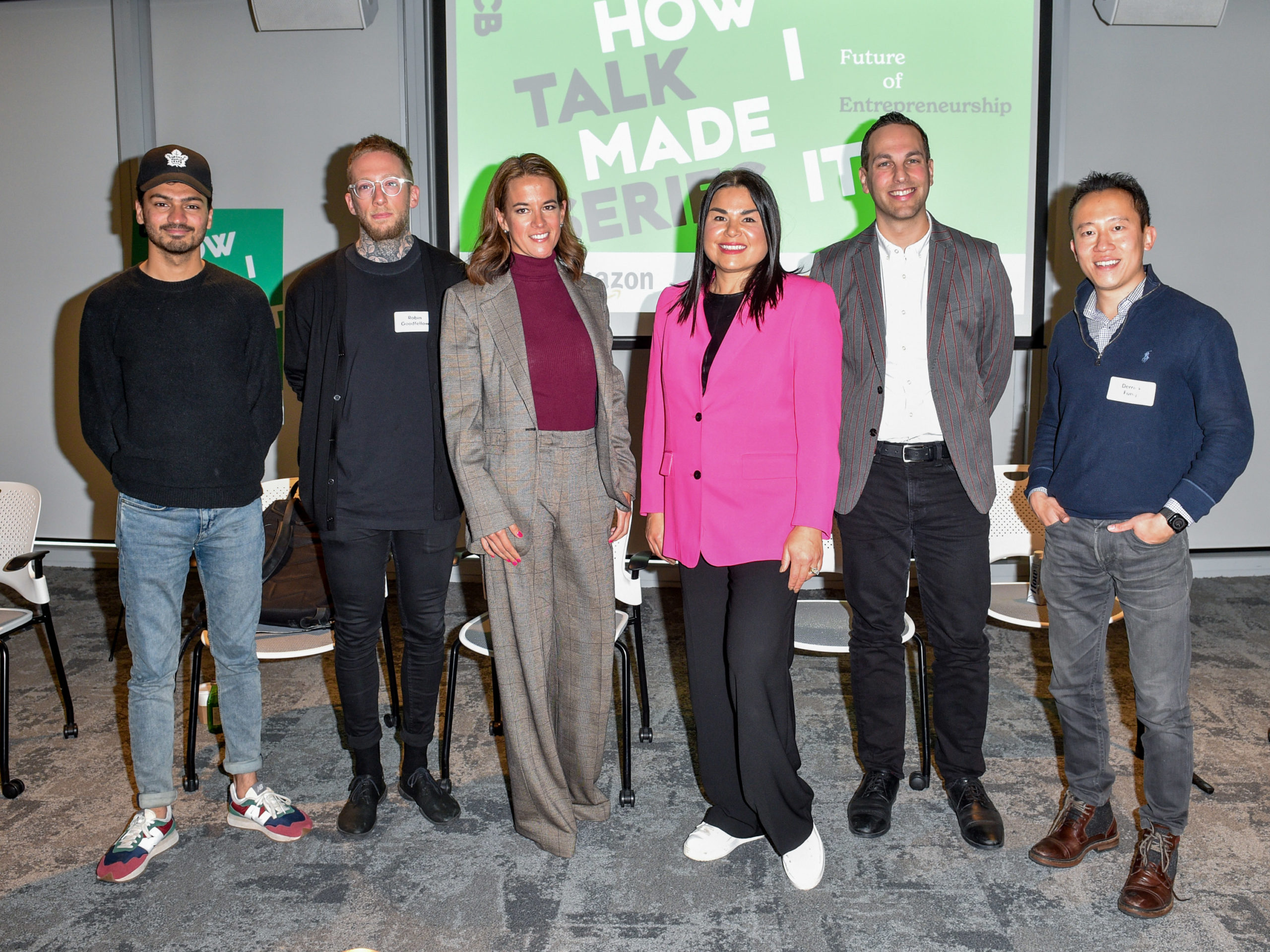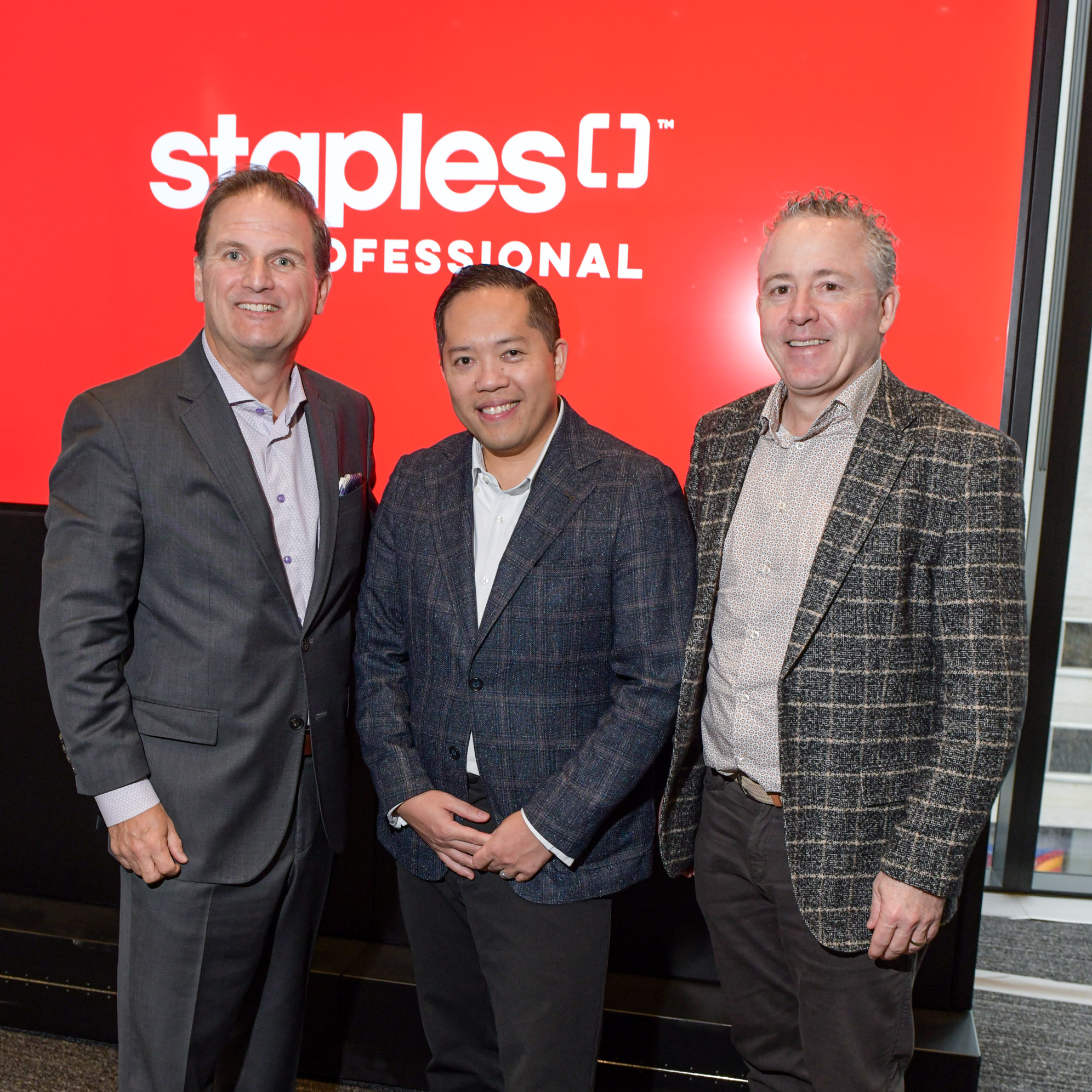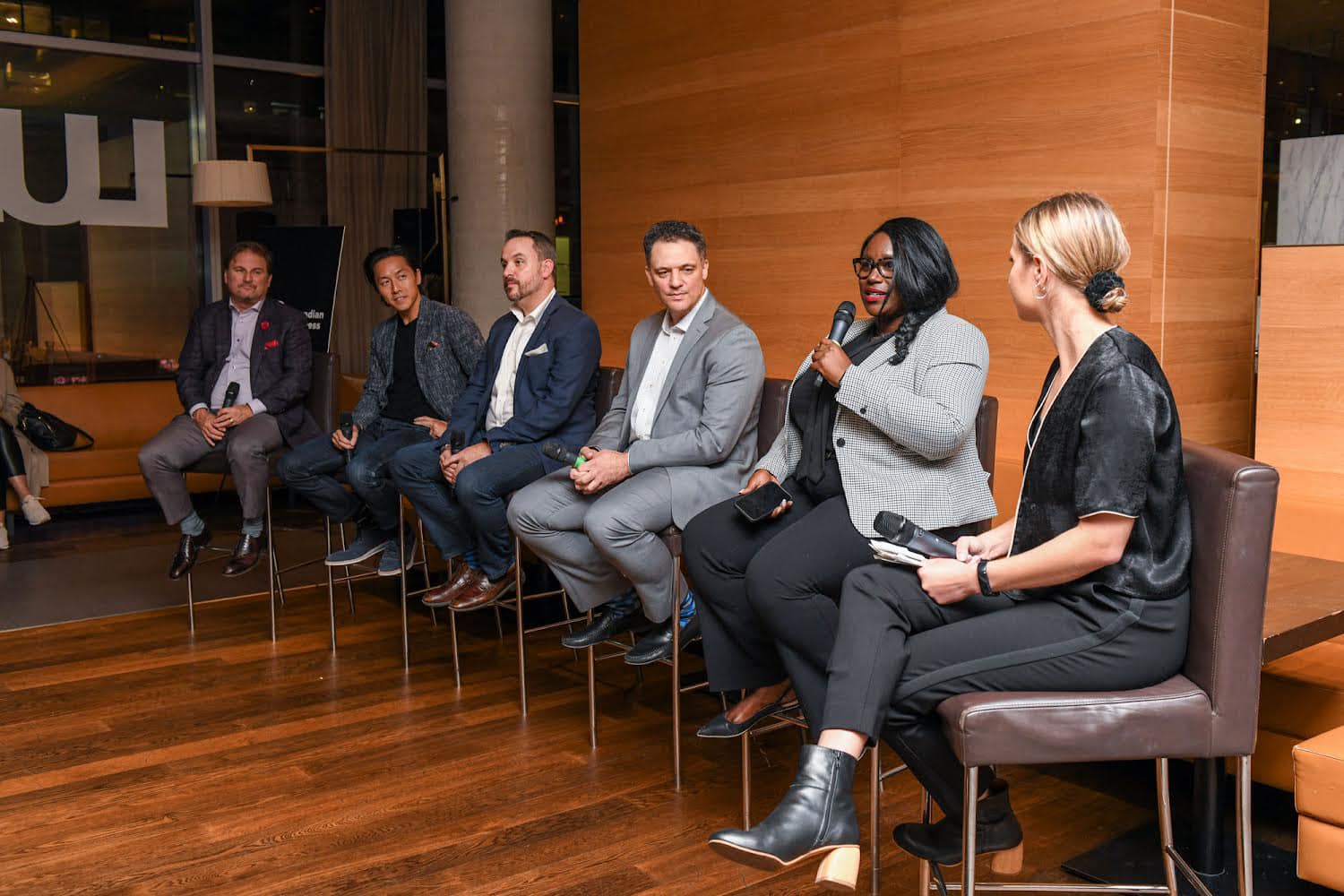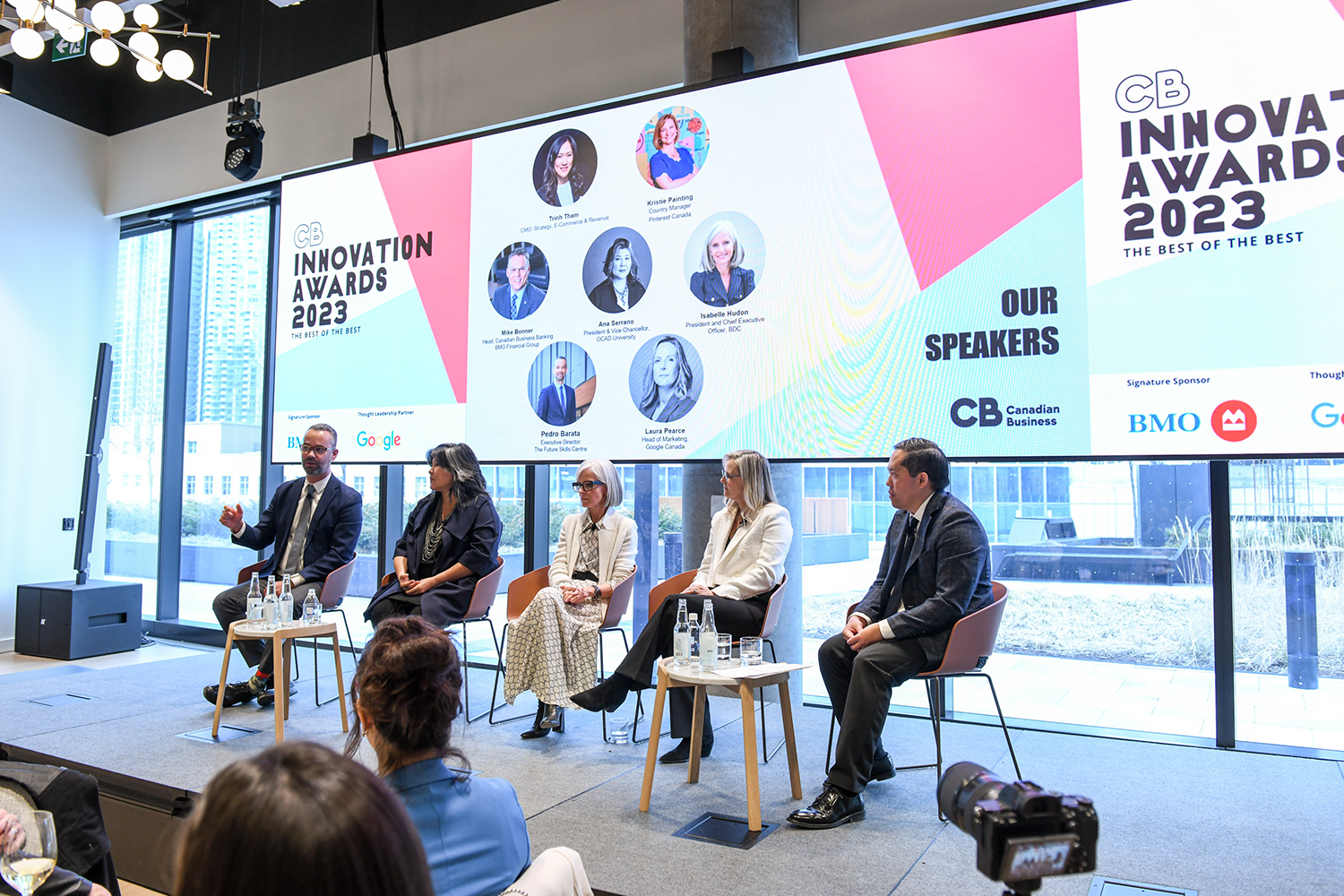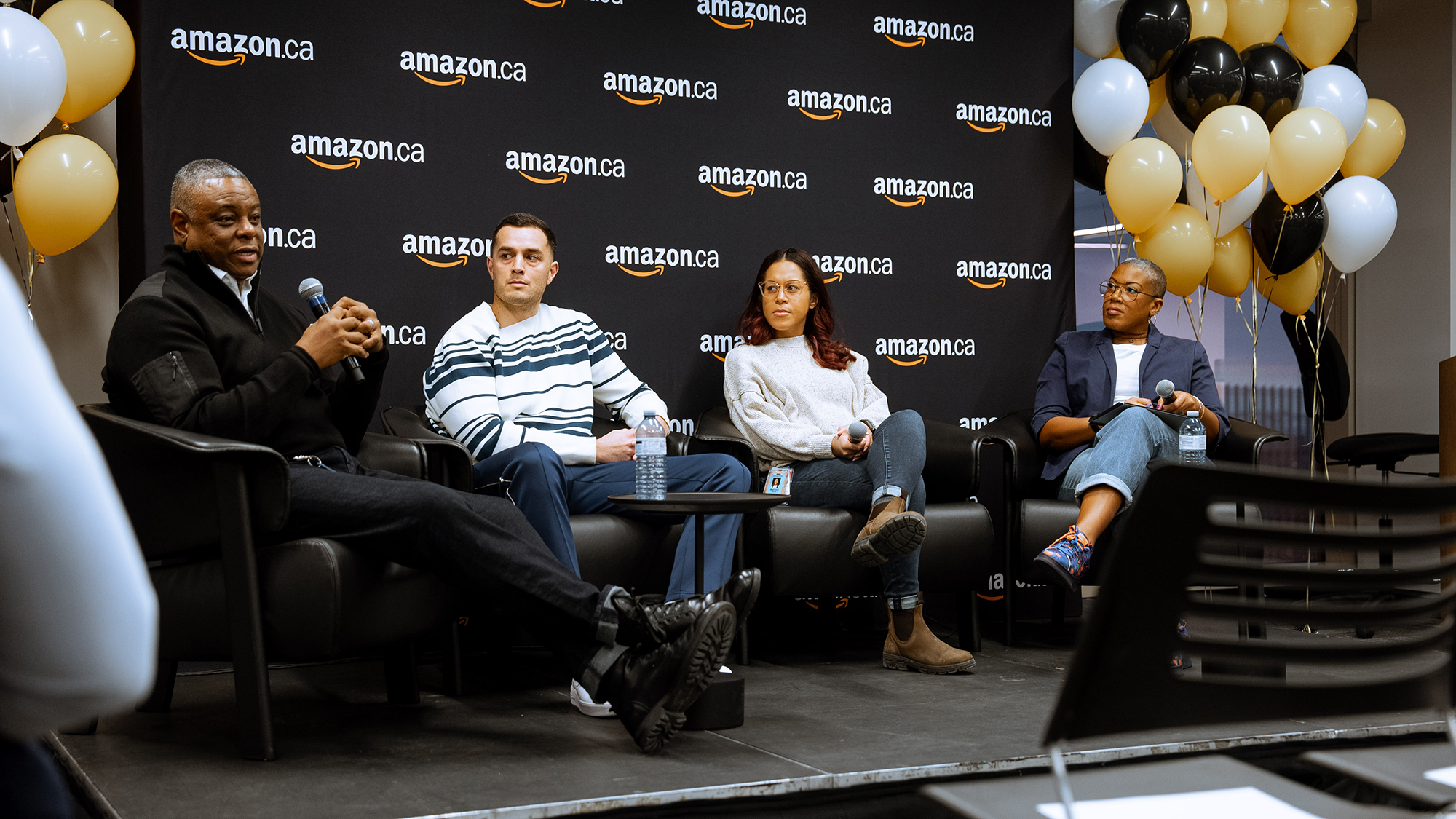What Went Down at CB’s Panel About the Evolution of Talent Strategy in Canada
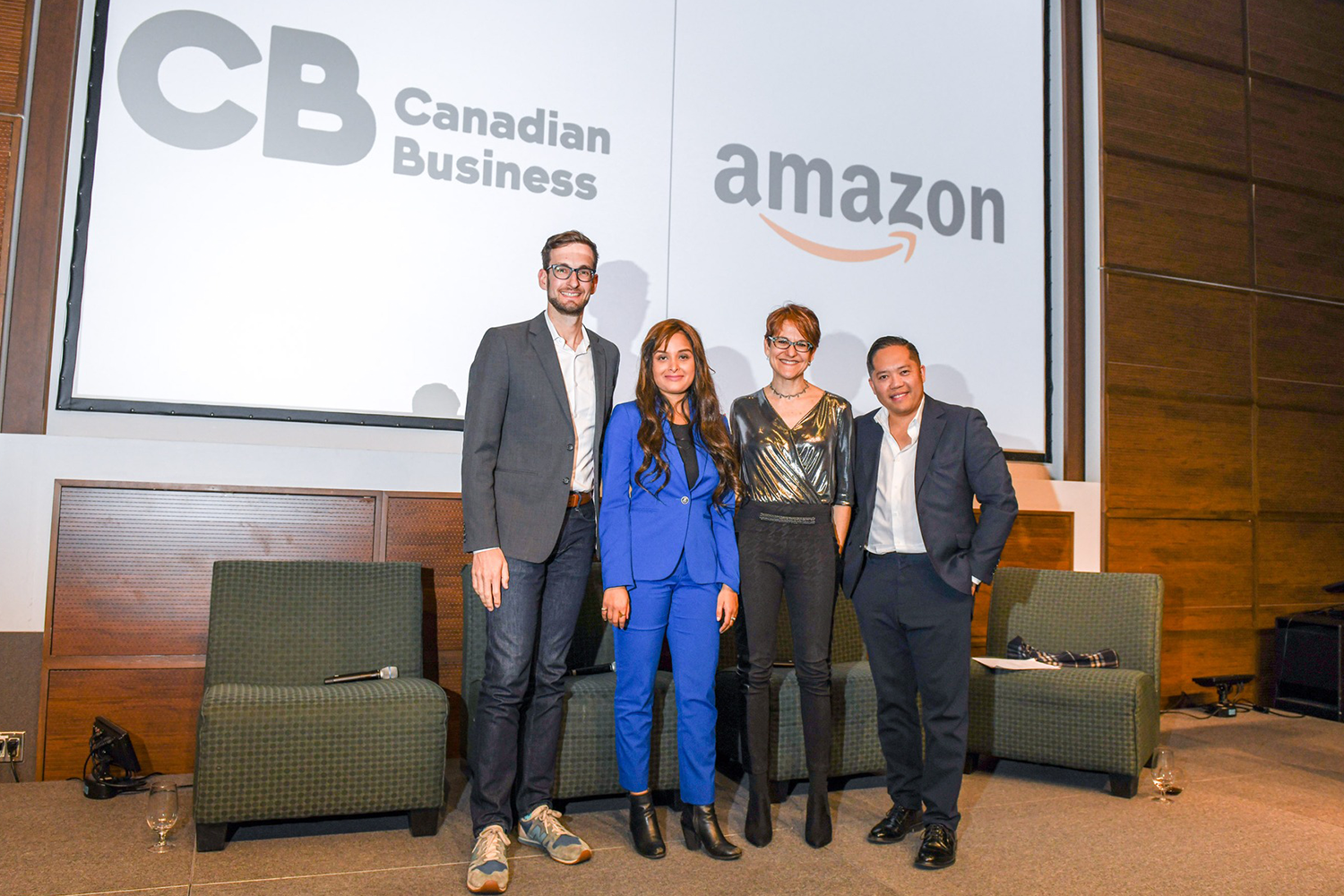
In partnership with Amazon Canada, Canadian Business hosted a panel discussion about one of the biggest topics in the corporate world today: the future of work. Specifically, the panel talked about creating powerful workplace cultures, talent strategies, lessons from remote work and managing people in hybrid-work environments.
Gathering at the MaRS Discovery District in downtown Toronto, the panel was moderated by Jason Maghanoy, CB’s associate publisher and vice president of digital solutions and business development at SJC Media. The panelists were three exciting business leaders: Greg Dubejsky, the director of digital expansion at Amazon Canada; Fatima Zaidi, founder and CEO of production agency Quill; and Daneal Charney, the executive-in-residence at MaRS Discovery District.
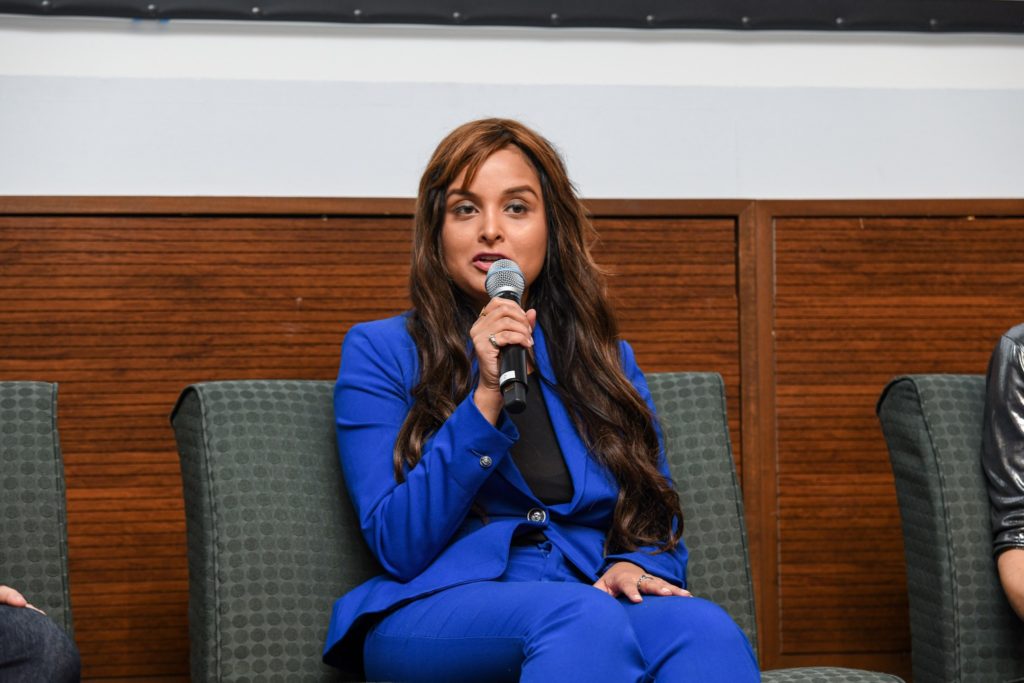
The evening’s event began with a conversation about what work will look like in 2023. Charney said that she thinks productivity will be measured by output (as in, how much work you get done) rather than input (how much time you spend working). She also noted that the roles of employees and employers will be swapped; employees will act more like agents for themselves and manage their own time and workload.
Maghanoy then switched gears to ask Dubejsky how a team as large as Amazon’s—which scaled quickly during the last couple of years—manages to maintain a culture and retain talent. Dubejsky, who said that his team started with six employees before the pandemic and has since grown to 65, replied that Amazon has a big focus on flexibility for their corporate employees. For Zaidi, who launched Quill a week before the onset of the pandemic and has been 100 per cent remote from day one, prioritizing employees’ well-being over performance is key. “You don’t get a badge of honour for working after hours,” she said.
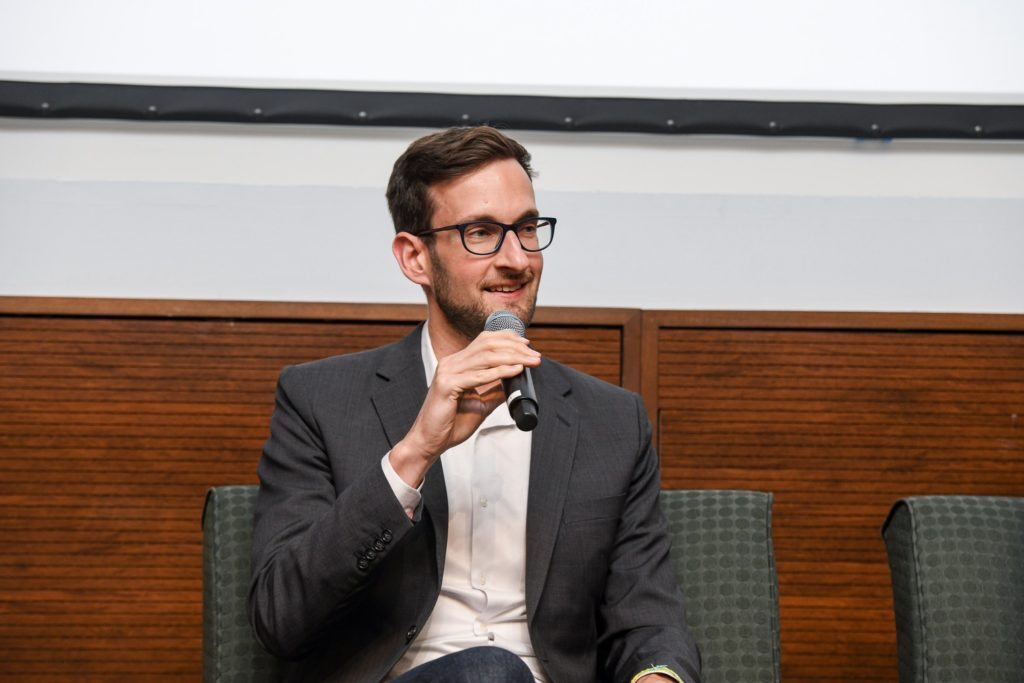
The conversation then turned to the different hardware that employees might need to do their jobs remotely. Dubejsky was asked what kind of tech his employees are provided with. He explained that digital-collaboration tools, like Slack, are important for his team as they allow everyone to communicate and stay on the same page despite being physically apart. Amazon is very data-driven and collects tons of metrics on their employees, Dubejsky said, so he and his team leverage employee-feedback data to improve the experience for all. He also added that being vulnerable with employees helps to create a safe environment for them to approach him with their struggles.
On the topic of offices, Maghanoy asked Zaidi whether or not a physical office was important to Quill, to which she said, “not at all.” For Zaidi, she would rather invest the money needed to lease an office into her employees so that they can have other benefits like gym memberships and home-office budgets. “The pandemic has shown that you can have a high-growth company without face time,” she said.
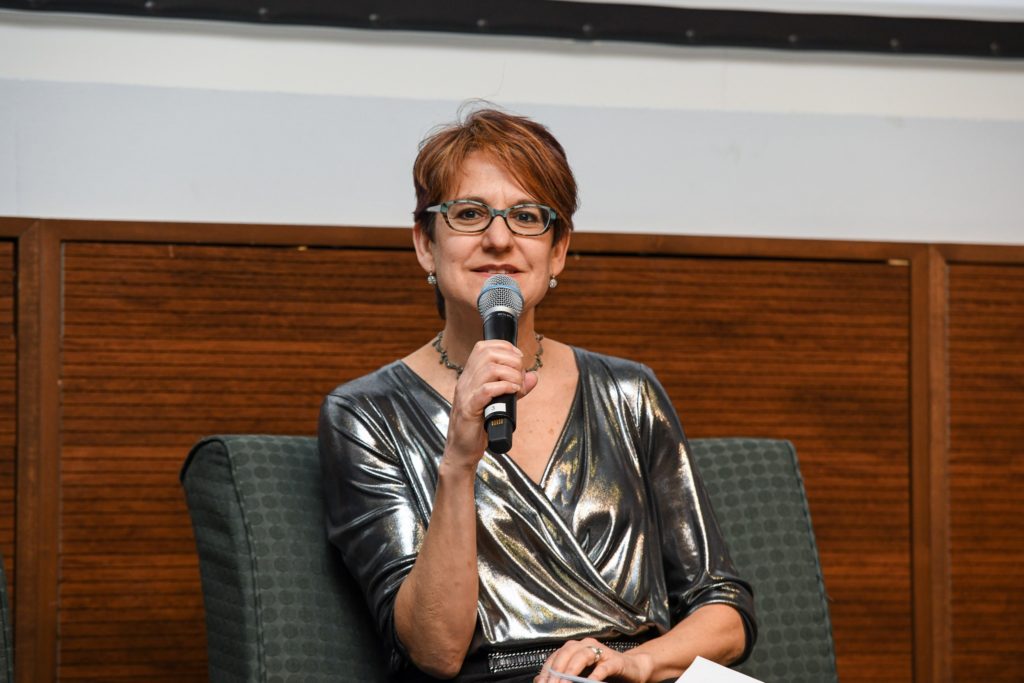
Then, Charney was asked about what workers are looking for in a job. Echoing Dubejsky’s earlier comments, Charney said that flexibility is now the biggest thing that prospective employees look for in a workplace. “I’ve seen candidates turn down jobs because it didn’t work with their life,” she said. She also added that connectedness and a clear growth plan is also important to candidates and is what ultimately gets employees to stay.
Finally, the panelists were asked to share what they think the biggest future of work trends in 2023 will be. Dubejsky said that flexibility will continue to be the most important thing. Zaidi noted that employees’ personal motivations for a job will be the biggest factor in whether they stay in a role or accept a new one (and, she said that it’s important for their motivations to align with the company’s motivation for the working relationship to be solid). For employees, Charney said the ability to work from anywhere and be a digital nomad will continue to be aspirational. However, even though more workplaces claim to offer work from anywhere options, many don’t help employees overcome barriers to that work style—like flexible hours.
After a brief audience Q&A, the panelists joined the audience for wine, canapes and networking to cap off the event.
